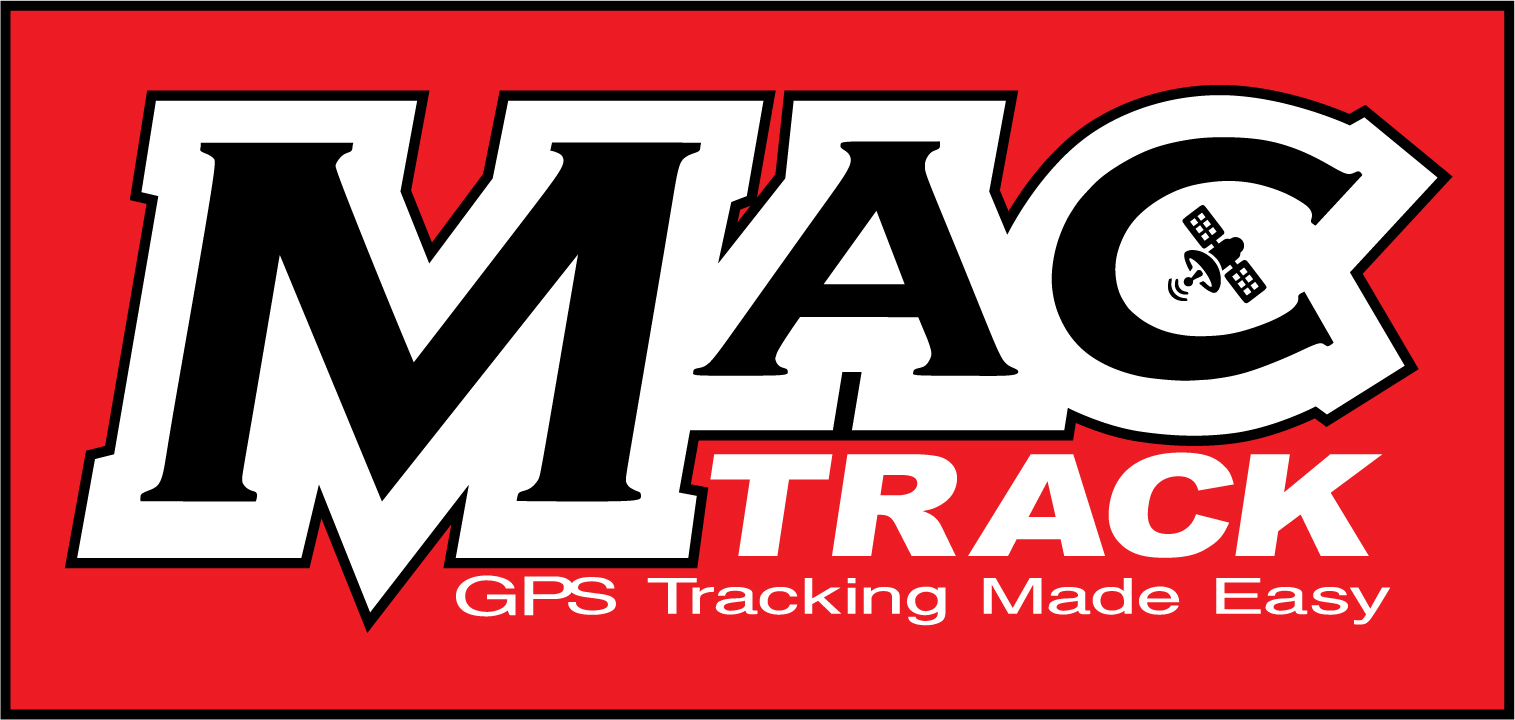Fleet management has grown into a sophisticated operation, guided by advanced tools and analytics. Chief among these tools is the dash cam, which has progressed from being a mere recording instrument to an indispensable ally in enhancing fleet safety and performance. Yet, as with all tools, the effectiveness of a dash cam hinges on its features and adaptability to your specific needs.
In this article, we delve deep into the aspects you should consider when selecting the best fleet dash cam solution, showcasing how products like the MacTrack sAInt Dash Camera are shaping the future of fleet management.
Safety above all
In fleet management, safety is paramount, safeguarding drivers, pedestrians, and assets. Today’s dash cams, especially models like the MacTrack sAInt Dash Camera, have evolved beyond mere recording, becoming vital instruments for proactive safety measures.
Monitoring beyond mere recording
While the primary function of dash cams has traditionally been to record events for accountability, the current wave of advanced models is redefining their role. The MacTrack sAInt Dash Camera, for instance, offers features that transform it from a passive recording device into an active safety monitor. By capturing and integrating data like speed and GPS location with real-time video footage, this camera provides a comprehensive overview of each trip. Such amalgamation of data and video assists fleet managers in understanding the broader context of each event or anomaly.
Insights into driving behaviour
One of the standout features of modern dash cams, especially evident in the MacTrack sAInt, is their ability to provide insights into driving behaviours. These aren’t limited to major infractions but span across subtle driving patterns that might hint at larger issues. Harsh cornering, sudden braking, or speeding are behaviours that could be symptomatic of driver fatigue, distraction, or aggression. By capturing and highlighting these patterns, dash cams like the sAInt offer fleet managers the opportunity to intervene before minor issues escalate into significant problems.
Proactive prevention and correction
A dash cam’s true value in the realm of safety is gauged by its proactive capabilities. Beyond identifying infractions and risky behaviours, the MacTrack sAInt Dash Camera also facilitates timely intervention. By flagging potential issues in real-time, fleet managers can engage in preventive measures, whether it’s providing timely feedback to drivers, mandating rest breaks, or even offering training sessions focused on specific areas of concern. Such proactive monitoring and subsequent interventions don’t just enhance safety; they foster a culture of continuous learning and improvement within the fleet.
The era of connectivity
In today’s digital era, seamless and accurate information exchange is vital, particularly in fleet management. The dynamic demands of fleet operations make reliable connectivity features in tools, such as dash cams, indispensable for optimal management.
Understanding connectivity in dash cams
At its core, connectivity in dash cams refers to the ability of the camera to communicate and transfer data to external devices or platforms in real-time or near-real-time. This includes everything from video feeds and driver behaviour metrics to GPS location data and system diagnostics. This seamless flow of information is facilitated through several channels, predominantly cellular networks and wireless internet.
4G LTE: The cellular powerhouse
The inclusion of 4G LTE in dash cams, such as in the MacTrack sAInt, is a game-changer. 4G LTE (long-term evolution) is a cellular network technology that provides fast data transfer rates. In the context of dash cams, this means high-quality video footage, precise GPS data, and other crucial metrics can be relayed in real-time to fleet management systems.
The real advantage here is the broad coverage. Cellular networks often have wider reach than most other wireless solutions, ensuring connectivity even in relatively remote locations where conventional Wi-Fi might falter.
The power of over-the-air updates
One of the significant benefits of robust connectivity is the ability to receive over-the-air (OTA) updates. In traditional systems, updating firmware or changing settings often required manual intervention—a process that was both time-consuming and prone to errors.
However, with OTA capabilities, as seen in the MacTrack sAInt, these updates are pushed directly to the device wirelessly. This not only ensures that the dash cam is always equipped with the latest features and security patches but also significantly reduces potential downtimes. In the fast-paced world of fleet management, where every minute counts, such efficiency is invaluable.
Monitoring inside out
Traditionally, dash cams were seen as a window to the outside world, recording events happening on the road. But modern fleet management demands a 360-degree view—both inside and outside the vehicle.
The MacTrack sAInt, with its inward and outward camera, sets an example of comprehensive monitoring. By capturing the road-facing scenario and simultaneously recording the in-cabin environment, it offers fleet managers a holistic view of any incident. This dual-perspective recording can be invaluable in understanding situations better and making more informed decisions.
Precision in tracking
As fleet operations expand and routes become more complex, the accuracy of tracking data becomes paramount. It’s not enough to know the general whereabouts of a vehicle; fleet managers need precise positioning data.
The automotive dead reckoning (ADR) feature is crucial in this context. By offering accurate positioning even in situations where the GPS signal might be compromised, such as in tunnels or urban canyons, ADR ensures that fleet managers always have pinpoint data at their fingertips.
Seamless integration
No tool, no matter how advanced, operates in isolation. It’s imperative that any dash cam chosen should seamlessly integrate with the existing fleet management solutions in place.
The open APIs and SDKs provided by models like the MacTrack sAInt play a pivotal role here. These features ensure that the dash cam can smoothly integrate with various fleet management platforms, allowing for a unified and streamlined operational experience.
Temperature resistance
In Australia’s climate where temperatures can soar above 30°C in summer and dip considerably in winter, the MacTrack sAInt Dash Camera’s temperature resistance becomes invaluable. For fleet managers, choosing a product like the sAInt ensures consistent and uninterrupted performance, making it a reliable choice amidst the country’s fluctuating weather conditions.
Cloud integration
In the modern age of fleet management, data is more than just numbers and recordings—it’s the backbone of operational efficiency and insight. With the exponential growth in vehicular data, from video feeds to detailed analytics, the question of storage, access, and management takes centre stage. This is where cloud integration in dash cams, like the MacTrack sAInt, plays a transformative role.
Unlimited storage potential
Traditional dash cams relied on local storage solutions, often limited by the capacity of installed SD cards or internal memory. Over time, as recording quality improved and additional data metrics were captured, this storage quickly became insufficient. Cloud integration bypasses these limitations. By allowing data to be uploaded directly to the cloud, it offers virtually unlimited storage capacity. This ensures that fleets can maintain extensive historical records, beneficial for long-term analysis and retrospection.
Access anywhere, anytime
One of the undeniable advantages of cloud storage is its accessibility. For fleet managers and operators, this means that the data from the dash cam isn’t restricted to the device or a particular location. Whether they’re in the office, at home, or even on the move, they can access the recorded data from the MacTrack sAInt anytime, using any device with internet connectivity. This seamless access streamlines operations, especially in scenarios requiring immediate review or decision-making based on recorded data.
Enhanced data security and redundancy
Storing data on the cloud doesn’t just offer convenience; it adds layers of security. Cloud storage platforms employ state-of-the-art encryption and security measures to protect data from unauthorised access and potential breaches. Moreover, the redundancy provided by multiple data centres ensures that even in the unlikely event of a server failure, the data remains intact and retrievable from another location.
Automated backup and synchronisation
One of the often-overlooked benefits of cloud integration is automation. With the MacTrack sAInt Dash Camera’s integration capabilities, data can be set to automatically sync to the cloud at predefined intervals or under specific conditions. This not only ensures that the data is consistently backed up but also minimises the risk of data loss due to unforeseen circumstances like device malfunctions or accidental deletions.
In conclusion
Selecting the right dash cam for your fleet is more than just about capturing video; it’s about harnessing the full potential of technology to keep drivers safe, optimise operations, and stay ahead in the evolving world of fleet management. As we’ve seen, features such as cloud integration, connectivity, temperature resistance, and in-depth monitoring, as exemplified by the MacTrack sAInt Dash Camera, are not just advantageous but essential in today’s fast-paced environment.
If you’re on the lookout for a solution that amalgamates safety, efficiency, and innovation, consider what the MacTrack sAInt has to offer. Dive deeper into its features and discover how it could be the perfect companion for your fleet. Discover more about MacTrack sAInt and enhance your fleet management today!

